Key Takeaways
- Earwigs don’t bite—pinching with pincers is a defensive reaction.
- Pinches are not venomous or dangerous and rarely break the skin.
- Typical symptoms include mild redness, swelling, and brief discomfort.
- Treat pinches by cleaning the area, applying antiseptic, and using a cold compress.
- Prevent encounters by sealing entry points, reducing moisture, and clearing outdoor hiding spots.
- See a doctor if symptoms worsen or show signs of infection or allergic reaction.
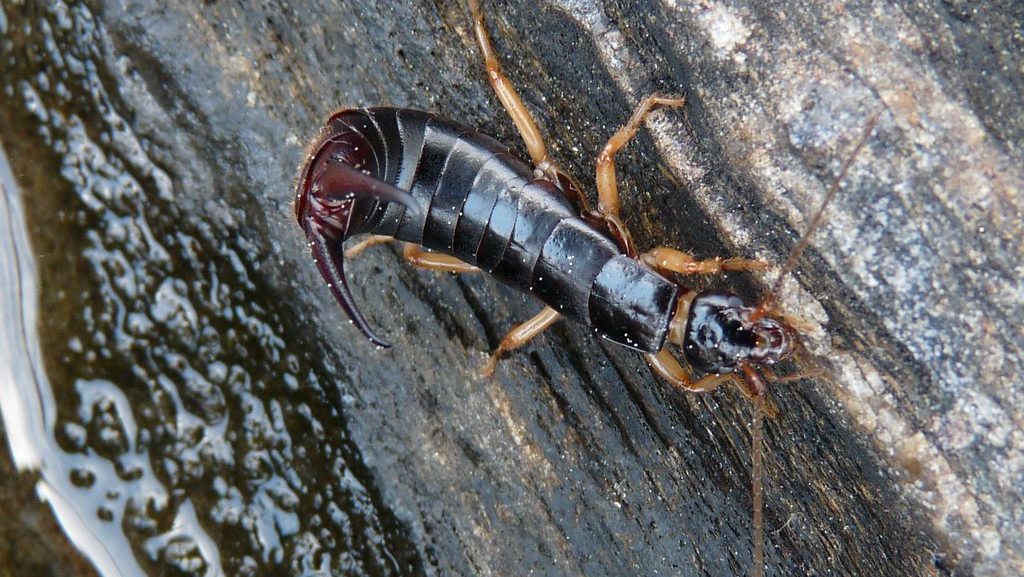 Earwigs are small, dark-colored insects with intimidating pincers at the ends of their bodies. Their appearance has led to many myths, including the idea that they crawl into people’s ears at night—a complete misconception! But one real concern people have is whether earwigs bite and what to do if bitten by one.
If you’ve found an earwig in your home or yard and suspect it has bitten or pinched you, don’t panic. Earwig bites are not harmful and are more of a defensive response than an attack.
This article provides comprehensive information on earwigs, specifically addressing concerns about earwig pinches (often misnamed “bites”). It clarifies common myths and misconceptions about earwigs, highlighting that their pinches are harmless and defensive rather than aggressive or dangerous.
Concerned about earwigs showing up in your home? Schedule your Free Pest Inspection Today—our professionals will quickly identify and manage any potential earwig problems.
Earwigs are small, dark-colored insects with intimidating pincers at the ends of their bodies. Their appearance has led to many myths, including the idea that they crawl into people’s ears at night—a complete misconception! But one real concern people have is whether earwigs bite and what to do if bitten by one.
If you’ve found an earwig in your home or yard and suspect it has bitten or pinched you, don’t panic. Earwig bites are not harmful and are more of a defensive response than an attack.
This article provides comprehensive information on earwigs, specifically addressing concerns about earwig pinches (often misnamed “bites”). It clarifies common myths and misconceptions about earwigs, highlighting that their pinches are harmless and defensive rather than aggressive or dangerous.
Concerned about earwigs showing up in your home? Schedule your Free Pest Inspection Today—our professionals will quickly identify and manage any potential earwig problems.
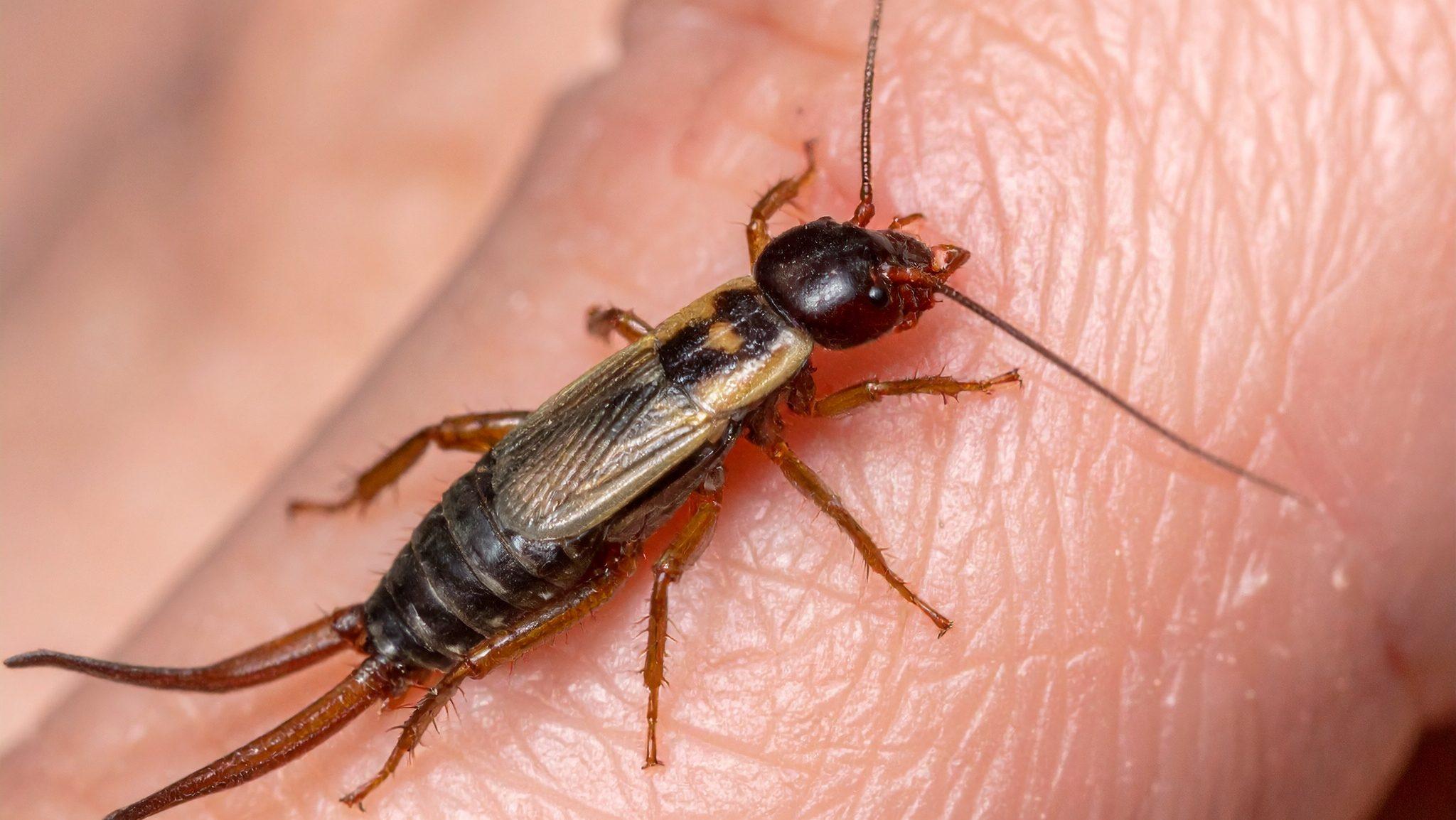
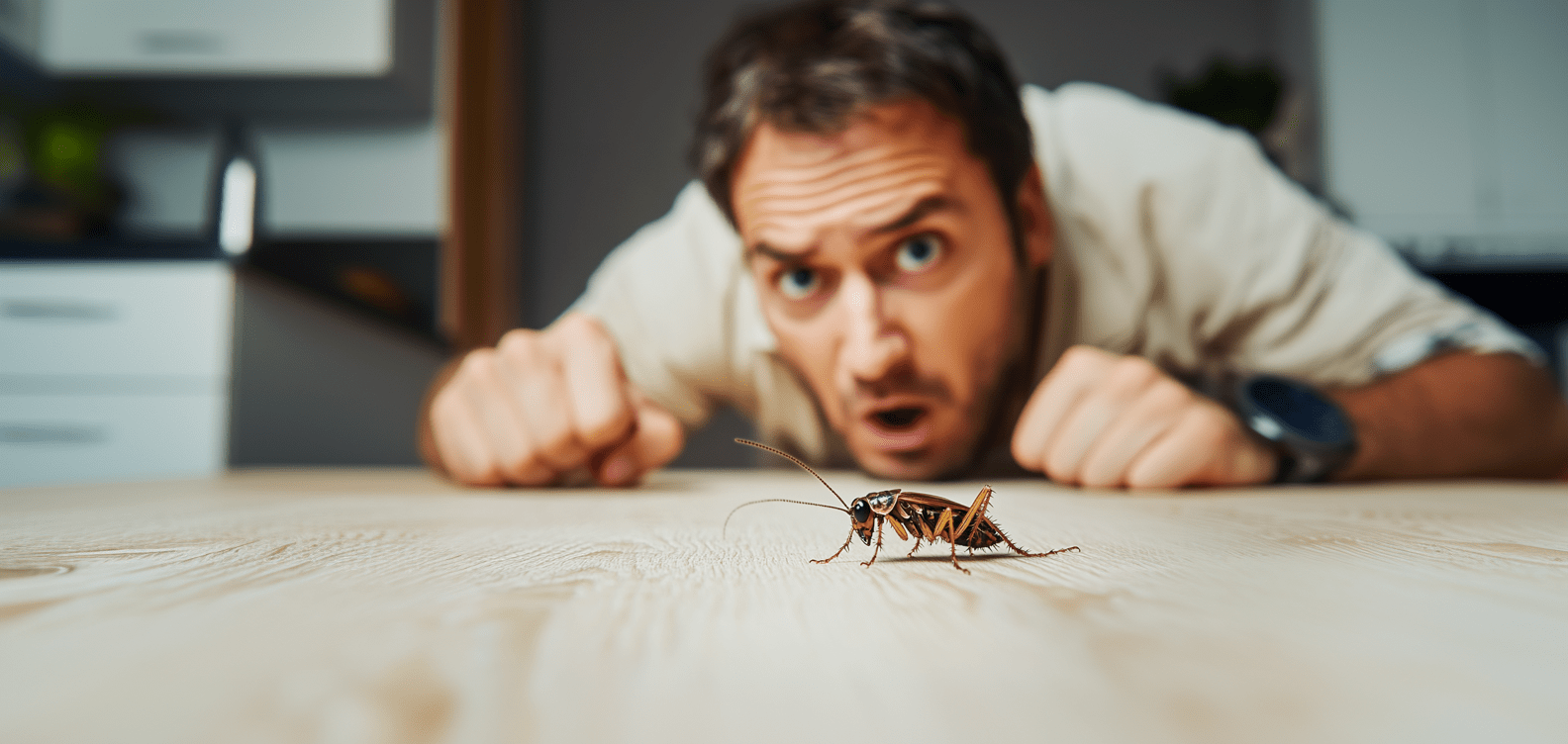
Not getting a solution?
Get your free pest control estimate today!Do Earwigs Bite Humans?
Technically, earwigs do not bite humans like mosquitoes or spiders do. Instead, they have forceps-like pincers (called cerci) that they use for self-defense. When provoked or handled, they may pinch, which can cause minor irritation but is not dangerous.Why Do Earwigs Pinch?
-
When threatened: If an earwig feels cornered, it may use its pincers in defense.
-
When handled: Picking up an earwig with bare hands may provoke a pinch.
-
When trapped: If an earwig gets stuck in clothing, bedding, or shoes, it may pinch out of panic.
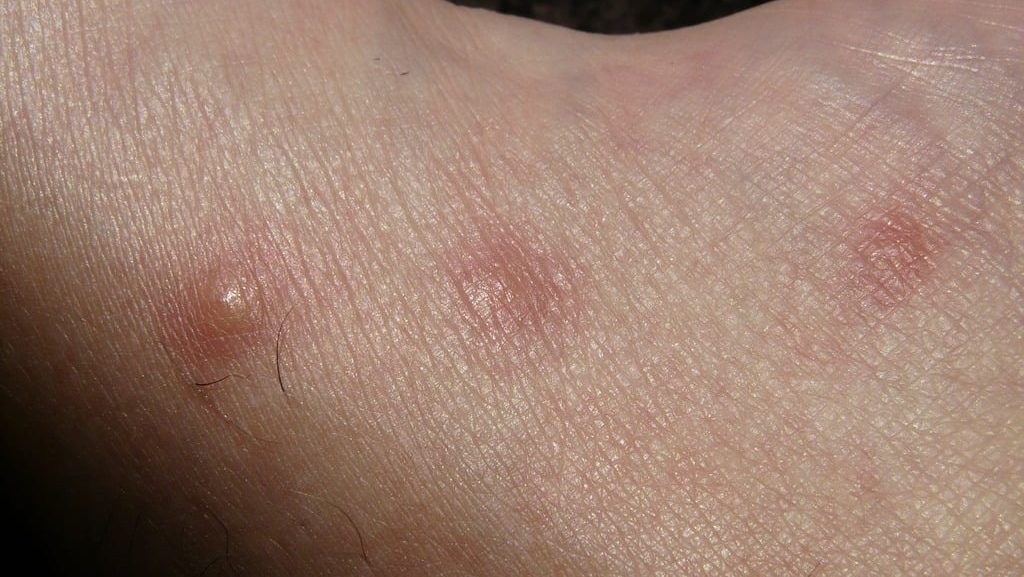
Earwig Pinch Facts
- Earwig bites (pinches) are not venomous, poisonous, or disease-transmitting. Here’s what you need to know:
-
No Venom or Toxins: Earwigs do not produce or inject venom—unlike spiders, their pinch is purely mechanical.
-
No Risk of Disease: There is no evidence that earwigs transmit diseases to humans through contact or pinching.
-
Low Pain Level: While uncomfortable, an earwig pinch is generally mild and not considered painful.
-
Rarely Breaks Skin: Most earwig pincers are too weak to pierce human skin, especially when not handled aggressively.
-
Possible Mild Infection: If skin is broken and left uncleaned, minor infection may occur—basic first aid is usually sufficient.
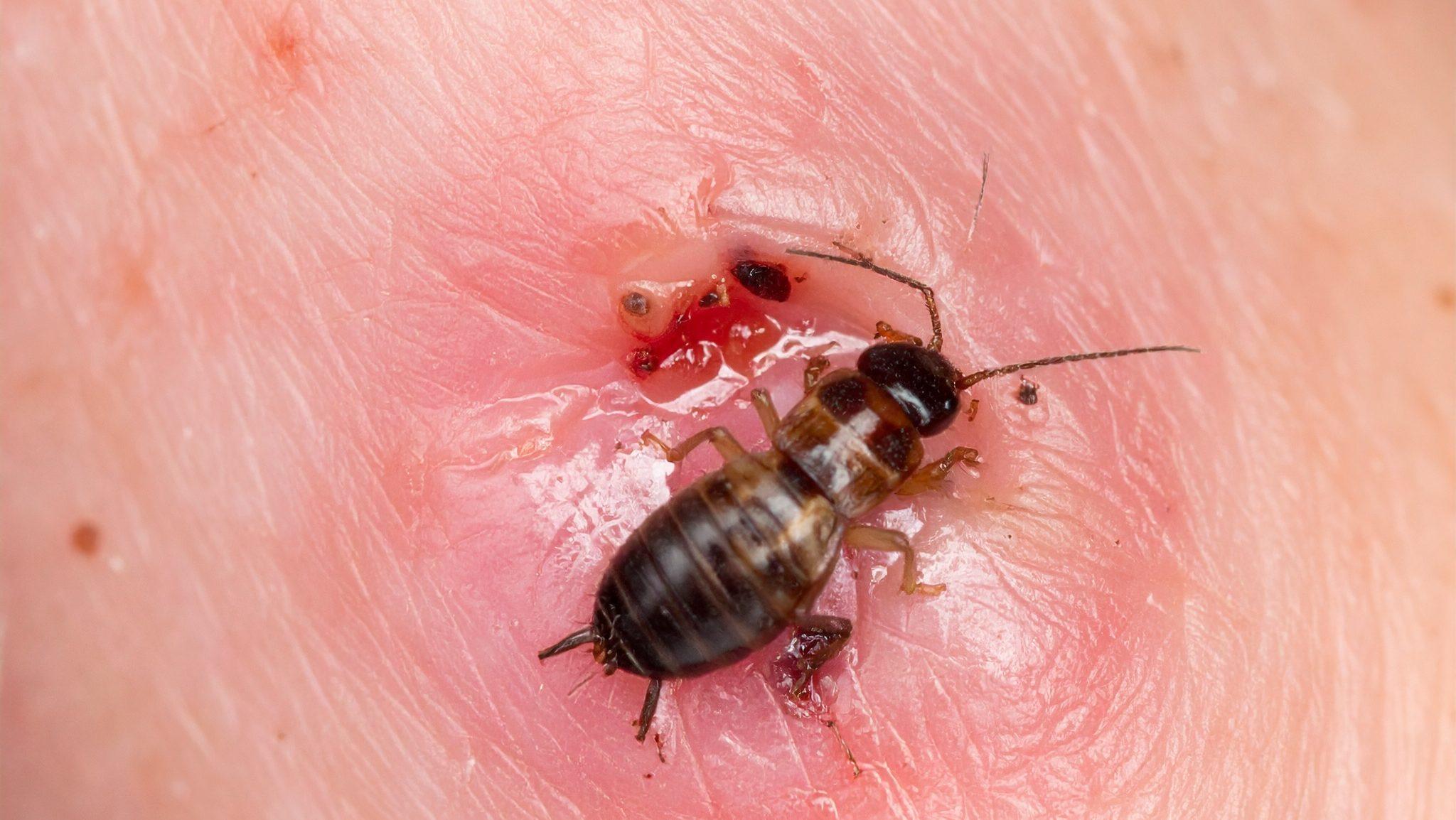
Signs of an Earwig Pinch
-
Redness and Mild Swelling: The affected area may appear slightly irritated, similar to a light skin reaction.
-
Small Pinch Marks: You may notice two tiny red dots or parallel lines, distinct from typical insect bites.
-
Minor Discomfort: The pinch usually causes a quick, mild stinging sensation that fades shortly after.
-
Little to No Itching: Unlike many insect bites, earwig pinches rarely cause itching.
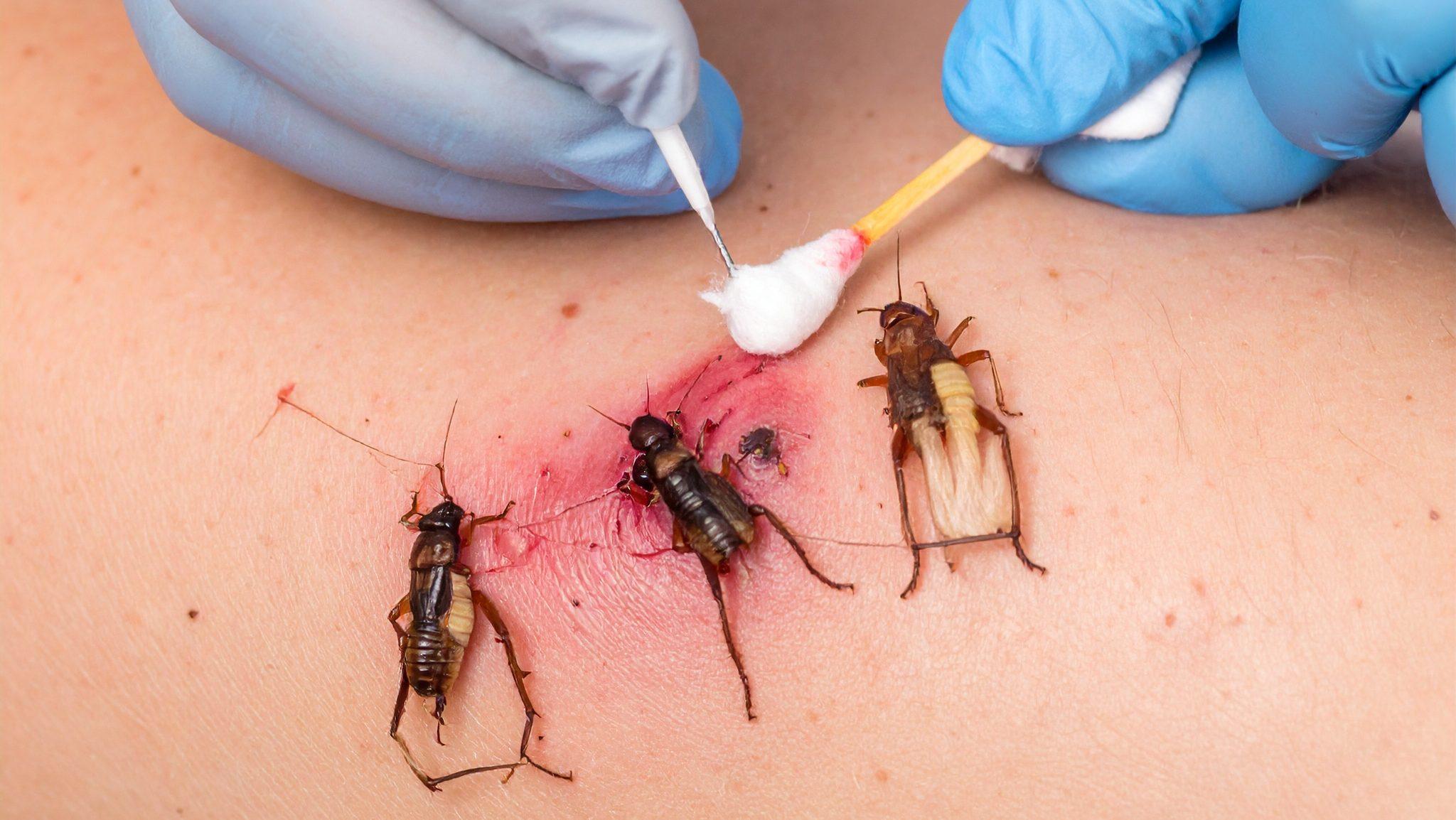
Steps to Treat an Earwig Pinch
-
Wash the Area: Clean the pinch site with soap and warm water to remove any dirt or bacteria.
-
Disinfect If Needed: If the skin is broken, apply hydrogen peroxide or rubbing alcohol to prevent infection.
-
Apply Cold Compress: Use an ice pack or cold compress for 10–15 minutes to reduce swelling and discomfort.
-
Soothe the Skin: Apply hydrocortisone cream or aloe vera gel to relieve any irritation or redness.
-
Monitor for Infection: Watch for signs like increased redness, swelling, warmth, or pus formation.
-
Avoid Scratching: Refrain from scratching to prevent further irritation or the introduction of bacteria.
Do’s & Don’ts: Preventing Earwig Pinches
DO'S
-
Seal entry points with caulk or weather stripping around doors and windows.
-
Fix moisture issues by repairing leaky pipes and using a dehumidifier.
-
Use yellow bug lights instead of bright white outdoor lighting.
-
Remove leaf piles, mulch, and woodpiles from your home’s foundation.
-
Use diatomaceous earth around entry points to repel earwigs naturally.
DON'TS
-
Don’t ignore small cracks and gaps around your home’s foundation.
-
Don’t leave damp items like towels or shoes outside overnight.
-
Don’t leave porch lights on all night, as they attract earwigs.
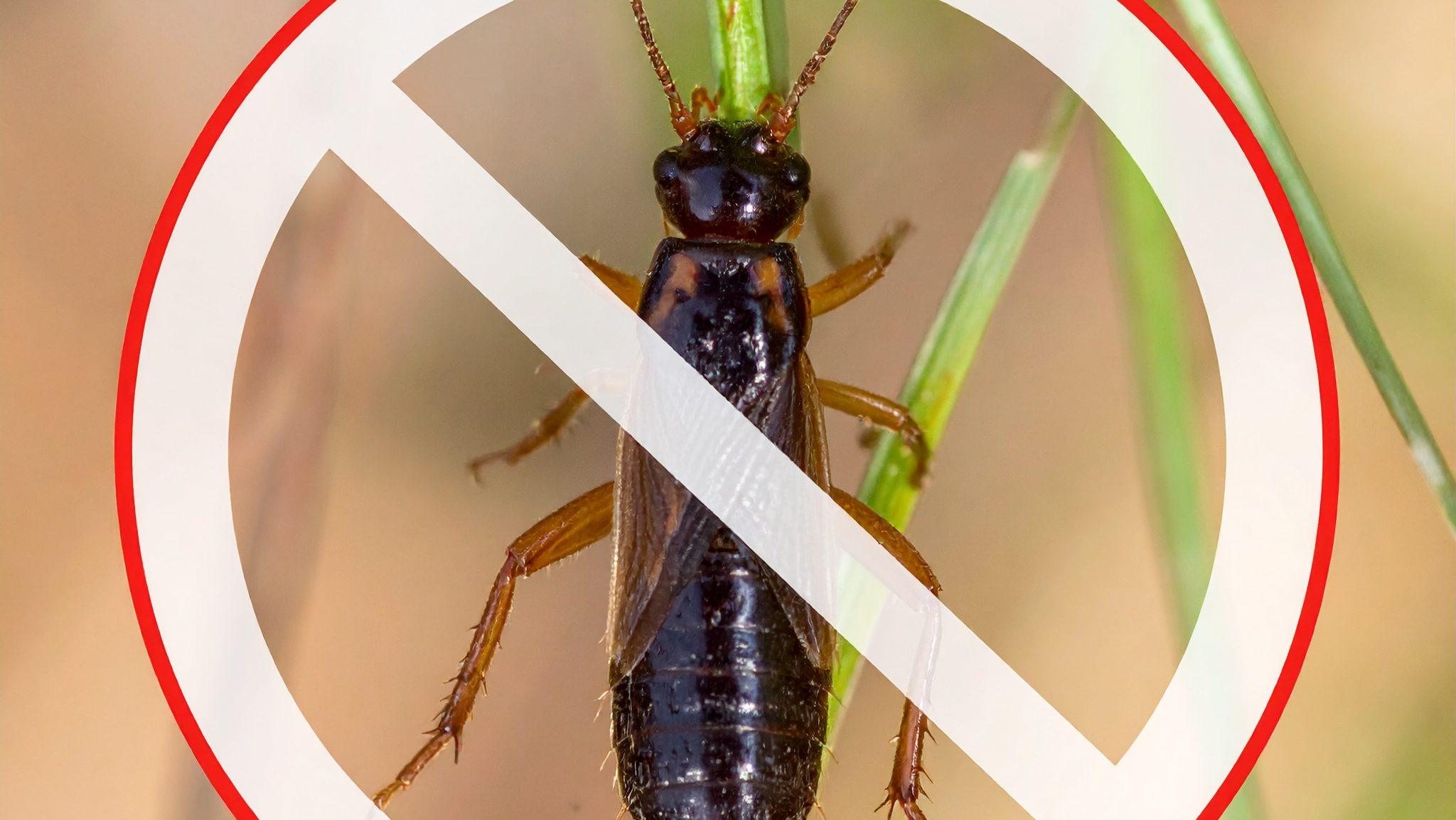
How to Prevent Future Earwig Encounters
- Preventing earwig infestations involves creating less hospitable conditions for them around your home:
-
Reduce Moisture: Fix leaks, run dehumidifiers in damp areas, and avoid overwatering plants near your home’s perimeter.
-
Seal Entry Points: Inspect and caulk cracks and openings around windows, doors, vents, and utility lines to block entry.
-
Remove Outdoor Shelters: Keep mulch, woodpiles, and garden debris away from your home and maintain a clean, trimmed landscape.
-
Maintain Good Indoor Hygiene: Clean regularly, control indoor humidity, and address any moisture problems quickly to keep earwigs out.
When to See a Doctor for Earwig Bites
While earwig pinches are usually harmless, there are situations when medical attention may be needed. Consider seeing a doctor if:- You experience significant swelling, pain, or redness around the affected area.
- There are signs of infection such as pus, increased redness, warmth, or persistent pain.
- An allergic reaction occurs, including difficulty breathing, dizziness, or swelling of the face or throat.





